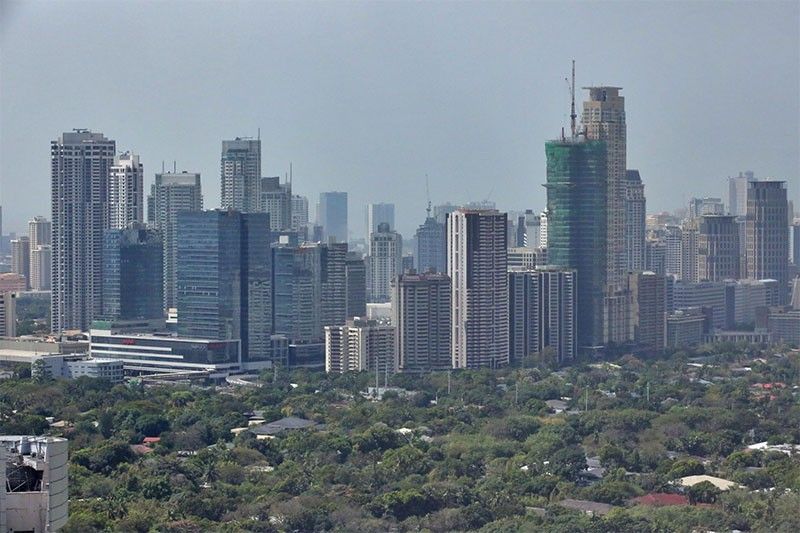IMF: Philippines growth fastest in ASEAN, 2nd in Asia

MANILA, Philippines — The Philippines is expected to be the fastest growing economy in Southeast Asia and second fastest in Asia over the next two years, according to the latest World Economic Outlook released by the International Monetary Fund (IMF).
Based on the latest economic outlook update, the IMF maintained its six percent gross domestic product (GDP) growth forecast for the Philippines this year.
If realized, the country’s economic growth would be the fastest among members of the Association of Southeast Asian Nations (ASEAN) and the second-fastest among selected Asian economies, following India’s seven percent.
The Philippines is projected to surpass China (five percent), Indonesia (five percent), Malaysia (4.4 percent), Kazakhstan (3.5 percent) and Iran (3.3 percent) in terms of GDP growth this year.
It will also be above Thailand (2.9 percent), Egypt (2.7 percent), South Korea (2.5 percent), Pakistan (two percent), Saudi Arabia (1.7 percent) and Japan (0.7 percent).
For next year, the IMF expects the Philippine economy to grow by 6.2 percent. The growth target will also be the fastest in ASEAN and second-fastest among Asian economies, behind India’s 6.5 percent.
The latest growth forecasts will also be above the projections of the IMF for the ASEAN-5, which is composed of the Philippines, Vietnam, Indonesia, Thailand and Malaysia. It sees the region growing by 4.5 percent this year and 4.6 percent next year.
“Asia’s emerging market economies remain the main engine for the global economy,” the multilateral lender said, adding that robust growth in India and China will account for half of global growth this year.
“Yet prospects for the next five years remain weak, largely because of waning momentum in emerging Asia,” the IMF said.
Earlier in June, the IMF lowered its growth forecast for the Philippines to six percent this year from the 6.2 percent forecast it gave in its April World Economic Outlook mainly due to the slower than expected growth in the first quarter.
Still, GDP growth is expected to pick up in 2025 amid continued pickup in domestic demand, investment and consumption, IMF mission chief Elif Arbatli Saxegaard earlier said.
Stable inflation and easing monetary policy would also help support the economy next year, she said.
The IMF forecasts inflation to average 3.4 percent this year, lower than the six percent full-year inflation in 2023. It is also below the 3.8 percent risk-adjusted forecast of the Philippine central bank.
- Latest
- Trending























